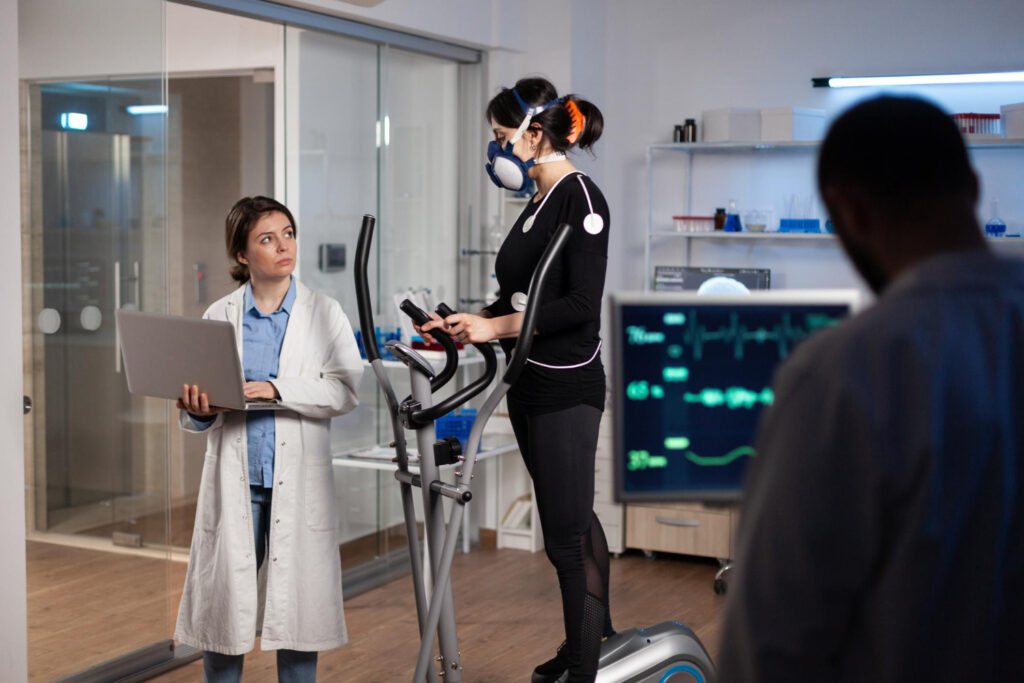
In the modern world of sports, recovery isn’t an afterthought—it’s a discipline. With tighter training schedules, longer seasons, and higher physical demands, athletes are leaning on science-backed recovery methods to stay at peak performance. Gone are the days of just icing and stretching. Today’s recovery rooms are packed with cold chambers, compression sleeves, and tools that target the body on a cellular level. The goal? Recover faster, reduce soreness, and stay in the game longer.
One of the most popular methods among elite athletes is cryotherapy. This technique involves exposing the body to ultra-low temperatures—often as low as -200°F—for two to three minutes. The extreme cold constricts blood vessels and reduces inflammation, which can lead to faster muscle repair and a flood of endorphins post-session. Some athletes use whole-body cryo chambers multiple times a week to flush out soreness and promote quicker turnaround between workouts or games.
Contrast therapy, or alternating hot and cold baths, is another staple in the recovery rotation. The rapid shift in temperature creates a pumping effect in the blood vessels, stimulating circulation and helping to remove metabolic waste from fatigued muscles. This method is especially effective after high-intensity sessions or endurance events, and it’s been used for decades—now enhanced with hydrotherapy jets and infrared technology.
Then there’s blood flow restriction therapy (BFR)—a newer recovery and strength tool that’s gaining traction across all levels of sport. BFR involves wrapping bands or cuffs around limbs to partially restrict blood flow while performing low-load exercises. The restricted flow tricks the body into thinking it’s working harder than it is, promoting muscle growth and recovery with minimal joint strain. It’s especially useful for athletes recovering from injury or surgery, allowing them to rebuild strength without the risk of heavy lifting.
Percussion therapy—think massage guns and high-frequency vibration devices—has also found its way into locker rooms everywhere. These tools help release tight fascia, break up adhesions, and stimulate blood flow to specific areas. Athletes use them before workouts to prime muscles or after to speed recovery and reduce delayed onset muscle soreness (DOMS).
Compression therapy, often delivered via inflatable leg sleeves or garments, uses rhythmic pressure to mimic the body’s natural circulation. The result is enhanced lymphatic drainage, reduced swelling, and faster recovery of lower-body muscles—crucial for runners, cyclists, and field athletes who rack up thousands of steps and pedal strokes.
Many recovery regimens also incorporate infrared saunas, electrical muscle stimulation (EMS), and even float tanks, all aimed at calming the nervous system, reducing inflammation, and accelerating tissue repair.
These techniques aren’t just about luxury or trend—they’re grounded in physiology. The faster an athlete recovers, the sooner they can train hard again. And with advances in wearable technology and biometrics, recovery plans are becoming more personalized than ever, adjusting based on sleep quality, heart rate variability, and muscle fatigue indicators.
In a world where the margin between first and second is razor-thin, recovery is now a competitive edge. Whether it’s stepping into sub-zero cryo chambers or pumping blood through BFR cuffs, athletes are embracing a new mindset: train hard, recover smarter.

Lorem ipsum dolor sit amet, consectetur adipiscing elit. Ut elit tellus, luctus nec ullamcorper mattis, pulvinar dapibus leo.
Lorem ipsum dolor sit amet, consectetur adipiscing elit. Ut elit tellus, luctus nec ullamcorper mattis, pulvinar dapibus leo.